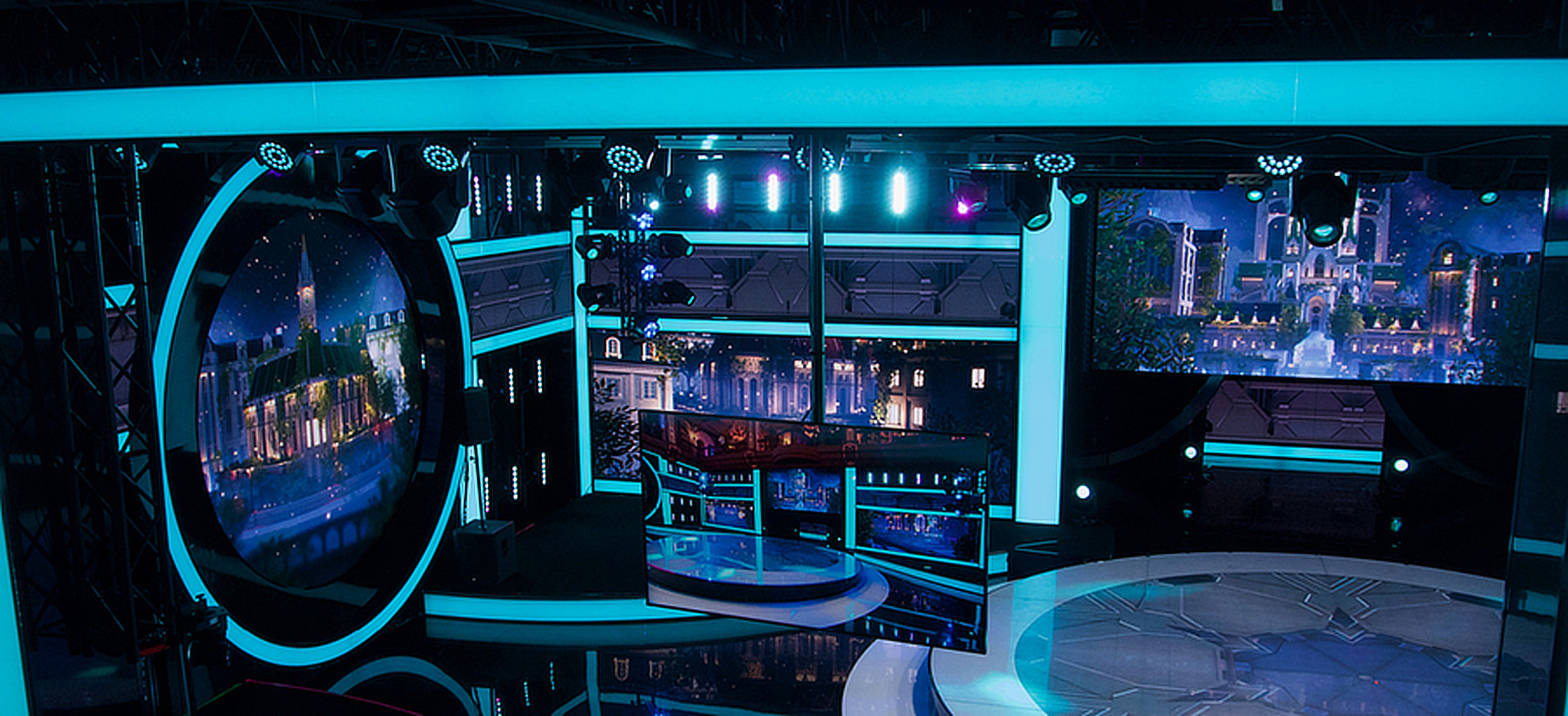Crucial Tactics for Maximizing the Durability of Your LED Display
Wiki Article
Light Emitting Diode screens are becoming progressively widely used for various purposes, from marketing to entertainment. To ensure that these screens operate effectively over the years, it is crucial to adopt strategies that maximize their lifespan. Understanding the elements that affect the durability of LED walls can assist operators maintain their performance and prevent unnecessary replacements.
One of the main elements that can extend the lifespan of an Light Emitting Diode screen is appropriate setup. It is crucial to have a professional team handle the setup procedure to guarantee all parts are correctly connected. Poor setup can result in power issues or physical damage. Additionally, the location of the Light Emitting Diode wall should consider surrounding factors such as sunlight exposure and moisture levels. A properly set up screen in a proper location will minimize the risk of damage caused by outside factors.

Regular maintenance is a further crucial tactic to prolong the life of an LED screen. This entails regular inspections to check for any signs of deterioration or failure. Dust and dirt can accumulate on the top of the Light Emitting Diode screens, affecting luminosity and hue quality. Wiping the screens with appropriate materials will help keep ideal clarity. It is also important to monitor the electronics behind the display, ensuring that all links are secure and that there are no overheating issues, which can greatly reduce the lifespan of the components.
Power control plays a crucial role in improving the lifespan of an LED wall. Over-voltage or fluctuating power supply can harm the inner circuitry. To avoid this, using a high-quality power supply and putting in place overvoltage protection strategies is recommended. Additionally, adjusting the screen to function at reduced brightness levels when high brightness is not necessary can reduce wear on the LEDs. This not only extends the lifespan of the wall but also conserves energy, making it a cost-effective option.
In addition, program control can affect the functionality of Light Emitting Diode screens. Consistently refreshing the program that operates the screen guarantees that it operates efficiently and incorporates any necessary security patches. Outdated software can lead to performance issues and may expose the system to vulnerabilities. Proper scheduling of content can also help in managing the workload of the display, allowing it to rest during non-peak hours, which can contribute to a longer lifespan.
In summary, extending the lifespan of an Light Emitting Diode screen involves a combination of proper setup, regular maintenance, efficient power management, and careful software management. By focusing on these critical strategies, operators can guarantee that their LED screens stay functional and aesthetically pleasing for many seasons. Implementing proactive measures will not only improve the this page performance of the Light Emitting Diode wall but also provide a greater return on cost over time.